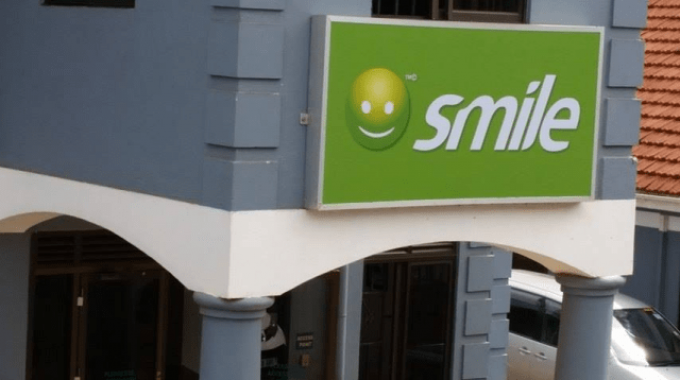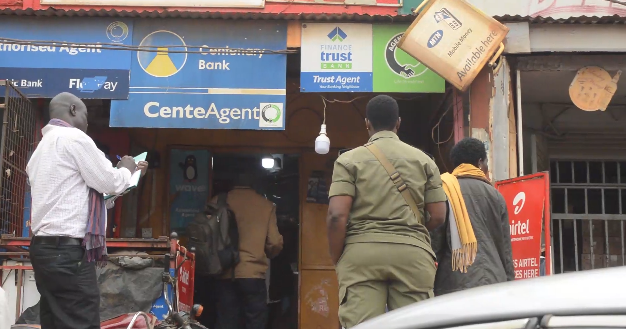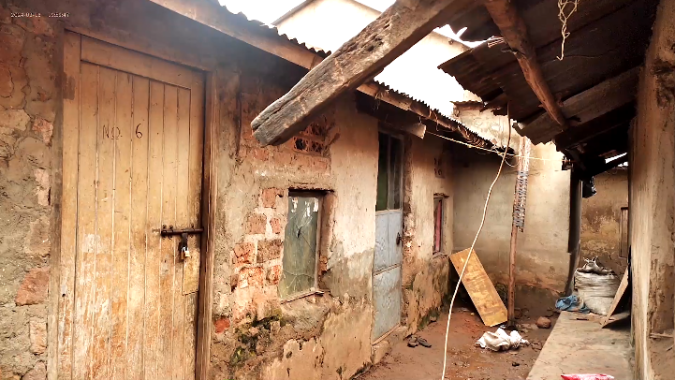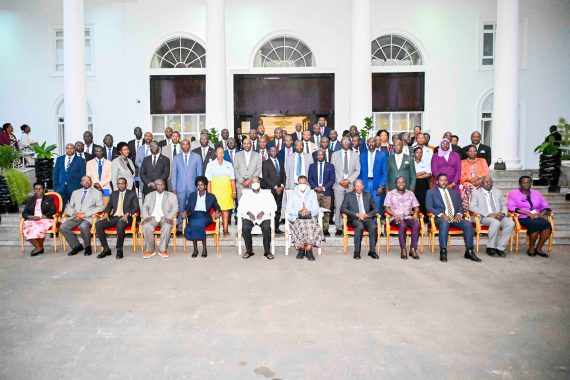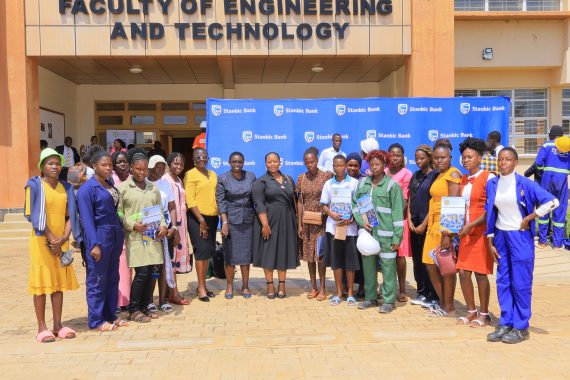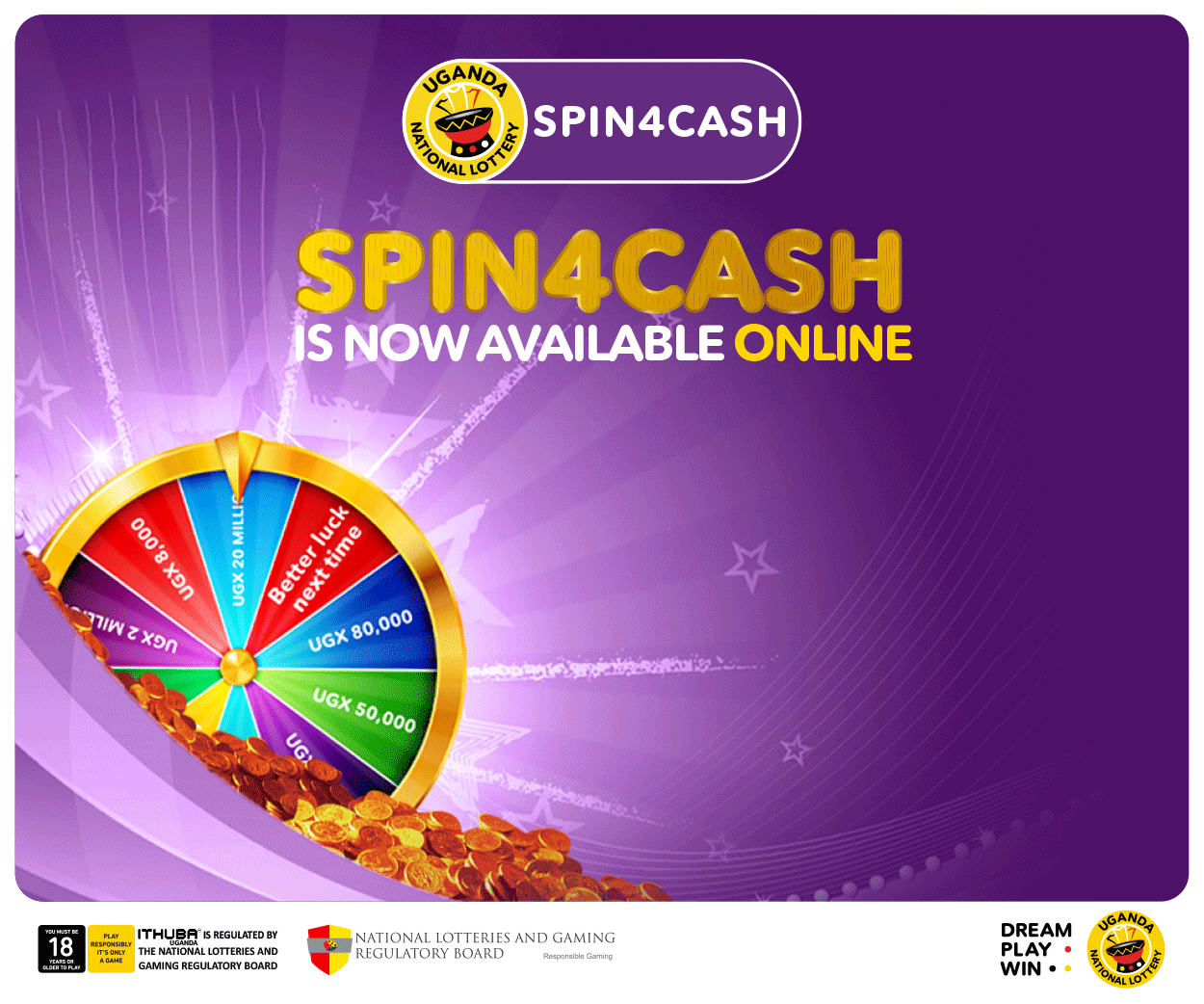People across the world are adapting to working and studying remotely due to COVID-19. Hence the need for fast, reliable, uninterrupted internet. Whether you to continue to work from home or are moving back to the office, studying from home, or meeting family and friends online, this pandemic has created a rise in the need for internet services all around the country.
In order to have a strategic edge over the competition and their offering, Smile Uganda introduced new affordable internet bundles in the market. However MTN has captured a larger number of subscribers in Uganda having registered 12.6 million subscribers in the month of May 2020. This is due to their wide network coverage across the country and also their range of products, including Internet, voice services, and mobile money. Customers in Uganda are focused on quality and convenience of services and not technology being used
While Smile is at the forefront in 4G LTE offerings in Uganda other mobile network operators (MNOs) such as Airtel, Africell, Lyca mobile, and MTN joined the 4G LTE race much later. Smile has continued to be the market leader in offering the largest 4G LTE coverage in areas of Wakiso, Mukono, Mbarara, Masaka, Masindi, Fort Portal, Kabale, Gulu, Lira, Soroti, Mbale, Jinja, and Tororo.
Competitors have used this to their advantage since they provide both 4G LTE and 3G access around the country making their internet coverage wider.
Smile was the first and is the only company in Uganda to launch VoLTE on its network. This works directly with VoLTE-enabled handsets or through the use of the free mobile app; SmileVoice, that enables customers with any Android or Apple iPhone devices (including those which are not VoLTE-enabled) to make SuperClear voice calls over Smile’s 4G LTE network.
Smile Voice is a unique service in the market however, Ugandans have limited knowledge about this service and how it works. Competitors are leading because of wide network coverage and the amount of knowledge about the perceived easy-of-use of their voice services. MTN and Airtel networks have penetrated both urban and rural areas providing their customers with tailor-made offers for both voice and internet services.
In assessing the best mobile data provider and the experience in terms of performance, the primary focus is on the internet access devices including Routers and MIFI devices. These devices provided by Smile are 4G LTE compatible and connect Laptops, Smartphones, Smart TVs, and tablets seamlessly to its 4G LTE network. 4G LTE is more than 10 times faster than 3G;
To assess and analyse the Router and MiFi devices’ performance levels, we must understand the specifications for all the devices. For instance, what is the device model, item height and width, wireless type, and depth of the Routers. For portable the MiFi devices, it would be important to evaluate the weight, control, power supply, concurrent user connection, operating system (OS), range, modem speed, frequency, and security.
MiFi devices are small, portable, wireless-enabled devices that let multiple users and mobile devices share a mobile broadband internet connection. A MiFi enables you to connect multiple devices to a single 4G LTE connecting to get you online whilst on the move. Unlike your Smartphone’s data capabilities, MiFi devices are designed with strong signal capabilities to the point that your device can rarely slip to 2G unless in a remote area.
On the other hand a Wi-Fi Router, is a mid-sized console that is usually mounted in a single stable place providing strong signals to all connected devices. Although the device is bigger compared to MiFi devices, this gadget offers multiple features. As most Ugandans are still working from home, there is a real demand for a more fixed connection at home and the need to connect multiple devices including TVs, PCs and mobile phones. A comparison of the routers of four data services provider indicates the leading providers in Uganda.
COMPARISON OF THE ROUTERS
| ROUTER | MTN | SMILE | AIRTEL | AFRICEL |
| Model | Huawei LTE B315 | SM B940-4GLTE ROUTER | ZTE MF283 | DWR-921 4G LTE |
| Item Height | 186 mm | 200 mm | 195 mm | 90mm |
| Item Width | 139 mm | 157 mm | 150 mm | 116mm |
| Depth | 46 mm | 56 mm | 55 mm | 22.4 mm |
| Weight | 275g | 483g | 295 g | |
| Wireless Type | 802.11b/g/n | 802.11b/g/n | 802.11b/g/n | 802.11n/g/b |
| Control | Power Button, Reset Button | Power Button, Reset Button | Power button, WPS button connection
Reset button |
|
| In The Box | LTE CPE B315,r
DC/AC Power adapter RJ45 Cable 2 Antenna User Manual External Normal |
LTE CPE Router (B940)
DC/AC Power Adapter UK RJ45 Cable User Manual External Normal Antennas (4 PCS) 3M External Antennas (available for purchase) |
Antennas (2)
Ethernet cable, DC/AC power adaptor CPE router |
DWR-921 4G LTE Router
DC/AC Power Adapter 2 Antenna RJ45 Cable and manual |
| Power Supply | DC 12 V, 1 A | DC 12 V, 1 A | DC 12.0V 1.0A Max | DC 12 V, 1 A |
| Battery | 5200mAh In Built battery | 3000mAH removable | ||
| OS |
Windows XP SP3, Windows 8 Windows Vista, Windows 7, Windows 8.1 MAC, Windows 10,
|
Windows XP SP3, Windows 8
Windows Vista, Windows 7, Windows 8.1 MAC, Windows 10, |
Windows XP SP3, Windows 8
Windows Vista, Windows 7, Windows 8.1 MAC, Windows 10,
|
Windows XP SP3, Windows 8
Windows Vista, Windows 7, Windows 8.1 MAC, Windows 10,
|
| Features | Port Forwarding
DHCP Network MAC Filtering USB port |
IP pass through
Port Forwarding Remote access Data usage statistics (showing timestamp, rx and tx) Data usage cap DHCP to use for time setting Speed Allocation Network parameters , like rsrq, rsrp, pci, sinr: MAX Filtering USB port Cloud hotspot compatibility via developed user interface Doesn’t permit remote access for CCTV cameras configured with a static IP for remote view on mobile devices |
|
Port Forwarding
DHCP Network MAC Filtering USB port Cloud management access |
| Number of concurrent connections | Up to 32 devices | Up to 32 devices, WiFi, 4 LAN Ports / 1 WAN Port | Up to 32 devices ,WiFi, 4 LAN ports, USB | Up to 32 users via WiFi, 4 LAN ports |
| Range | 100m | 100m | 100 M | Up to 25-30 metres in an open environment. |
| DSL Modem Speed | 150Mbps | 100 Mbps | 150 Mbps | 300 Mbps |
| LAN/WAN | Fast Ethernet WAN + 4 x Fast Ethernet LAN | |||
| WiFi Frequency | 2.4 GHz | 2.4 GHz | 2.4 GHz | 2.4 GHz |
| LTE Frequency | B7/B20B20 | B7/B20 | B7/B20 | |
| Chipset | ZTE | ZTE | ZTE | |
| Antenna | 2 Antennae ,LTE | 4 Antennae (2 WiFi,2 LTE | 2 Antennae ,LTE | Two detachable LTE/4G/3G antennas (3dBi gain). Two internal Wi-Fi antennas (3dBi gain) |
| Speed HSDPA/ HSUPA/ HSPA+ | LTE / UMTS / GSM 150Mbps | LTE TDD Cat 6 DL 150Mbps UL 50Mbps LTE TDD Cat 4 | UMTS; GSM; HSPA+ | 150Mbps |
| DL 220+Mb/s UL 11+Mb/s | ||||
| Security | wpa, wpa2 | wpa, wpa2, wpa2- psk | WEP | |
| wpa2- pskWeb | Web URL Filter | WPA, WPA2 | In-built URL web filters for web-site restriction | |
| URL Filter Firewall | Firewall | Firewall | ||
| DMZ | Parental Control | Web URL filters | ||
| Antennae Capacity | High gain Directional | Omni Directional | High gain Directional | High gain directional |
COMPARISON OF MIFI DEVICES
| MIFI | AIRTEL | SMILE | MTN | AFRICEL | LYCA MOBILE |
| Model | Mf927u | MiFi LT300+ | 5200 Mah power bank MiFi router | M028at | Notion M028AT |
| Voltage | 3,8V Limited charge voltage: 4,35V Standard: GB / T 18287 | 3.5-4.2V | 4.2V | 3.7V | 3.7V |
| Dimensions | 78mm x 78mm x 14.5mm. 100g. | 93 x 59 x 14.4mm | 15 x 10 x 30mm | 98 x 63.5 x 13.6mm | 98 x 63.5 x 13.6mm |
| Weight | 100g | 200g | 130g (including the battery) | 130g (including the battery) | |
| Battery | 6800mAh ( Lio battery can be used as power bank) | 3200mAh | 5200mAh | 2050mAh | 2050mAh |
| Average Battery Standby Life | Up to 6 hours, standby mode up to 200 hours | 300 hours (12.5 days) | Up to 15 hours, standby mode up to 100 hours | Up to 9 hours, standby mode up to 100 hours | Up to 9 hours, standby mode up to 100 hours |
| Battery Charge Time | – | 4 hours | 4 hours | 5 hours | |
| Included Components | Device, Battery and charger cable | Device, Battery, USB cable, Charger Adaptor/cable, Keyring and Strap | Device, Charger Adaptor/ Cable | Device, Battery and Charger Adaptor/ Cable | Device, Battery and Charger Adaptor/ Cable |
| OS | Win8, Win7, WinXP
MacOS, Android supported |
Win7, Win8, WinXP
MacOS, Android supported |
Win7, Win8, Win8.1, WinXP, MacOS, Android supported | Wi7, Win 8, Win8.1, Win10, MacOS Android supported | Win7, Win8, Win8.1, Win10, MacOS Android supported
|
| Number of Connections | 10 users (+1 USB tethering) | 10 users (+1 USB tethering) | 10 users (+1 USB tethering) | 10 users (+1 USB tethering) | 11 users (+1 USB tethering) |
| Screen | No screen | LCD screen (with colours) | LCD Screen | LCD Screen | LCD Screen |
| HSDPA/ HSUPA/ HSPA+ | LTE-FDD band: B1/B3/B5/B7/B8/B20/28 | Band FDD B3/7/20 or FDD B28 or FDD B1/B3/B5 | FDD Band 7 & 20 2600/800MHz) LTE FDD 3GPP R9, Category 4, DL 150Mbps UL 50Mbps UMTS/HSPA+ Band: 1 and 5 | FDD Band 7 & 20 2600/800MHz) LTE FDD 3GPP R9, Category 4, DL 150Mbps UL 50Mbps UMTS/HSPA+ Band: 1 and 6 | |
| LTE –TDD band: B38 (or B40) B41- 2555-2655 | TDD B38/39/40/41 | TD-LTE@B38(2600MHz)/B41(2500MHz) | TD-LTE@B38(2600MHz)/B41(2500MHz) | ||
| UMTS band 2100/900MHz | 3GPP R9 ,Category 4, DL 150Mbps UL 50Mbps | – FDD-LTE Band 1/3 (1800/2100mhz) | – FDD-LTE Band 1/3 (1800/2100mhz) | ||
| GSM quad- band: 850/900/1800/1900MHz | Band FDD B3/7/20 or FDD B28 or FDD B1/B3/B5 | – CDMA: BC0/BC1 | – CDMA: BC0/BC2 | ||
| LTE FDD: DL/UL 150/50Mbps | – GSM@B8(900MHz)/B3(1800MHz)/B2(1900MHz) | – GSM@B8(900MHz)/B3(1800MHz)/B2(1900MHz) | |||
| LTE TDD: DL/UL 110+/11+Mbps | |||||
| DC-HSPA+: DL/UL 42/5.7Mbps | |||||
| LTE: FDD B1/B3/B5/B8/B26; TDD B40 (2300– | |||||
| 2395 MHz); DC- HSPA+/HSPA+/H SPA/UMTS: B1/B5/B8; EDGE/GPRS/GSM | |||||
| : B2/B3/B5/B8; | |||||
| WiFi Frequency | 2.4 GHz | ISM 2.400~2.484GHz | |||
| Chipset | ZTE | ZTE | ZTE | ZTE | ZTE |
| Antenna | Built-in | Built- in | Built-in | Built-in | Built-in |
Our Ratings
From the comparative analysis above, the Smile Router, based on technical features, is at the top of the list based on with exceptional features like; the long lasting inbuilt battery, Omni-directional antennas with a provision of 2 elongated ones for LTE to use in places with weak signal reception. With the exception of Smile, all the MNOs operate other network technologies which preceded 4G LTE (3G/2G) and as a result their devices fall back to 3G+/3G from 4G, which Smile’s does not provision for as its entire network consists of 4G LTE technology. In this context, for speed, efficiency and reliability and because the devices are all strictly 4G, Smile edges out competitors. However the MiFi routers of MTN and Airtel also performs very well compared to that of Smile.


